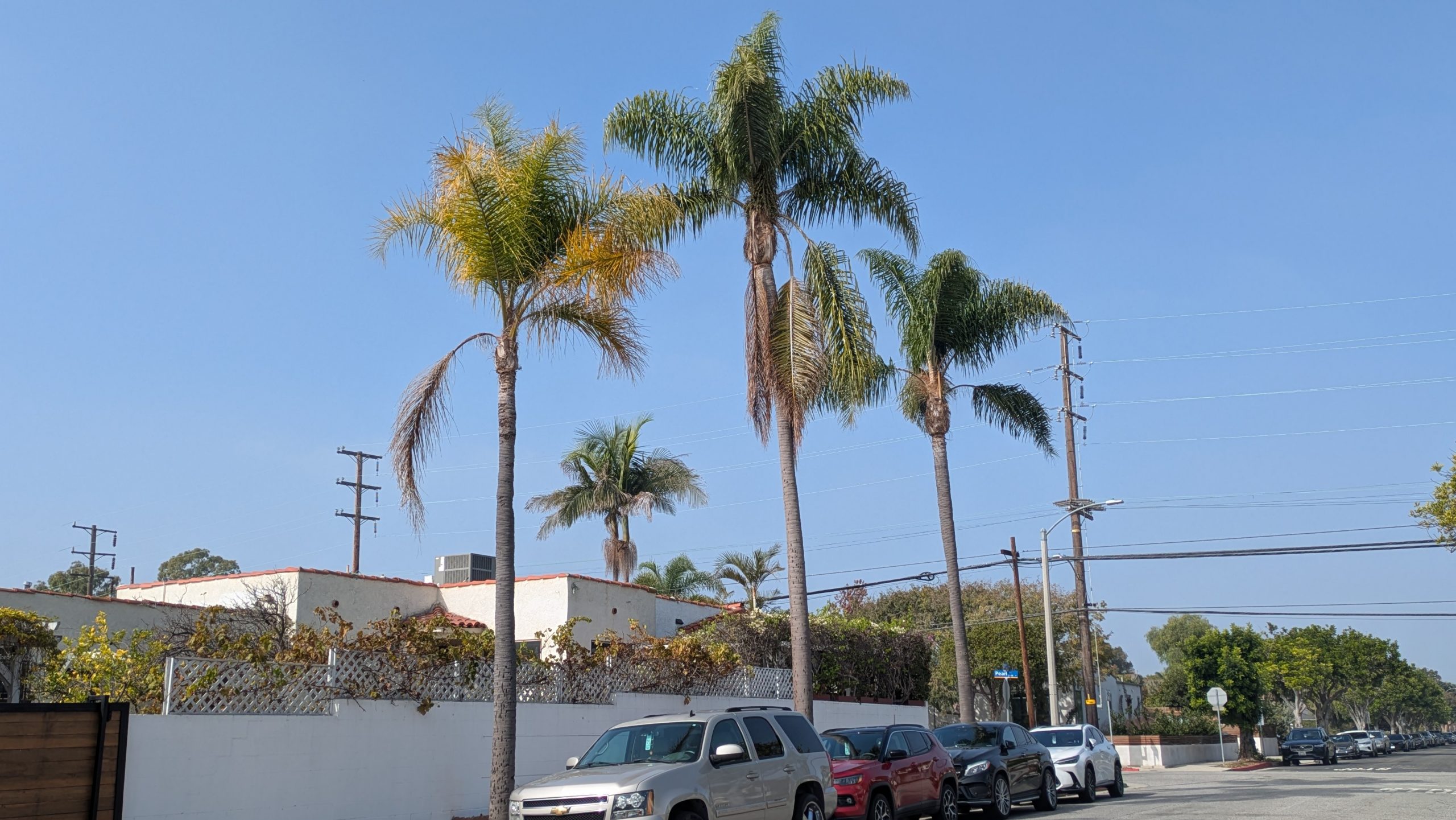Queen Palm: A Santa Monica Gardener’s Guide
The Queen Palm (Syagrus romanzoffianus), with its elegant, slender trunk and arching fronds, is a popular choice for Santa Monica landscapes. While not native to California, its adaptability to the region’s Mediterranean climate has made it a widely planted ornamental tree. Originating in southeastern South America, it’s naturalized in many parts of the world with similar climates. Its relatively low maintenance requirements and attractive appearance contribute to its enduring popularity.
Santa Monica Growing Conditions
Santa Monica enjoys a Mediterranean climate characterized by mild, wet winters and warm, dry summers. Average annual rainfall is approximately 14 inches, with most precipitation falling between November and April. Temperatures generally range from a low of around 45°F (7°C) in winter to highs averaging in the low 70s°F (low 20s°C) during summer. However, microclimates exist within Santa Monica; areas closer to the coast experience cooler temperatures and higher humidity, while inland areas may be warmer and drier. The specific location within Santa Monica will significantly impact your Queen Palm’s requirements.
Queen Palms thrive in well-drained, richly organic soil. While they tolerate some shade, they prefer full sun exposure for optimal growth and fruit production (if desired). Coastal areas with consistent sea breezes might require supplemental watering, even during the wet season, to offset the desiccating effects of wind.
Care and Maintenance
Successful Queen Palm cultivation in Santa Monica requires a nuanced approach tailored to the specific location and microclimate:
Santa Monica’s coastal location means occasional exposure to salt spray. While Queen Palms are relatively tolerant, prolonged exposure to high salinity can stress the plant, resulting in leaf tip burn. Planting away from direct ocean spray is beneficial.
Landscaping and Design
Queen Palms are versatile landscape elements. Their size and graceful form make them suitable for:
Consider the palm’s mature size when selecting a planting location. Pair Queen Palms with drought-tolerant, native California plants to create a visually appealing and water-wise landscape. Examples include California Buckwheat (Eriogonum fasciculatum), Manzanita (Arctostaphylos spp.), and various drought-tolerant grasses.
Common Problems and Solutions
Local History and Context
While not native, Queen Palms have been a feature of Santa Monica’s landscape for many decades, contributing to its iconic aesthetic. Their widespread adoption reflects their adaptability to local climates and pleasing aesthetic qualities. Further research into local arboricultural history would reveal precise introduction dates and planting patterns. (Citation needed: Local historical society archives or botanical records)

With careful planning and appropriate care, the Queen Palm can thrive in Santa Monica’s unique environment. This guide provides a starting point for successful cultivation; however, local conditions should always guide your approach. Consulting with local arborists or horticultural experts can provide personalized advice tailored to your specific situation.

